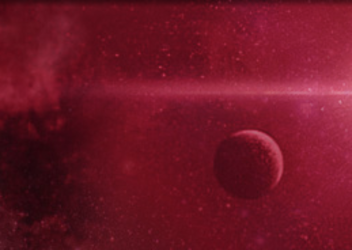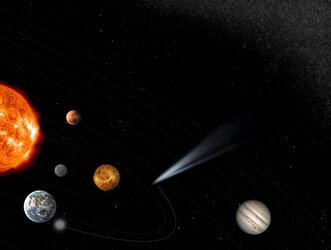Estonia pioneers instrument for Comet Interceptor mission through Prodex
An ESA programme called Prodex has enabled Estonian researchers and industry to join an international mission to intercept and examine a comet entering the inner Solar System for the first time.
Prodex (Programme for the Development of scientific Experiments) is an ESA programme which offers research institutes and industry from Participating States the opportunity to get involved in designing and building a scientific instrument for ESA missions. The mission can also be a Member State national mission or a mission led by international partners having cooperation agreements with ESA.
Through Prodex, research institutes and industry have access to the specific expertise in scientific instruments at the Prodex Office and ESA technical experts to develop the intended space hardware and instrumentation capabilities. Participating States benefit through growing their national scientific expertise and promoting industrial excellence and competitiveness.
The Prodex programme is implemented in the Science Future Missions Department headed by Mr. Frédéric Safa, under the authority of ESA’s Director of Science, Professor Carole Mundell.
“ESA’s Prodex Office is glad to support the Estonian space authorities in their objectives of strengthening the academic and industrial participation of Estonia in ESA space instrumentation developments,” said Michel Lazerges, Head of the Prodex Office at ESA.
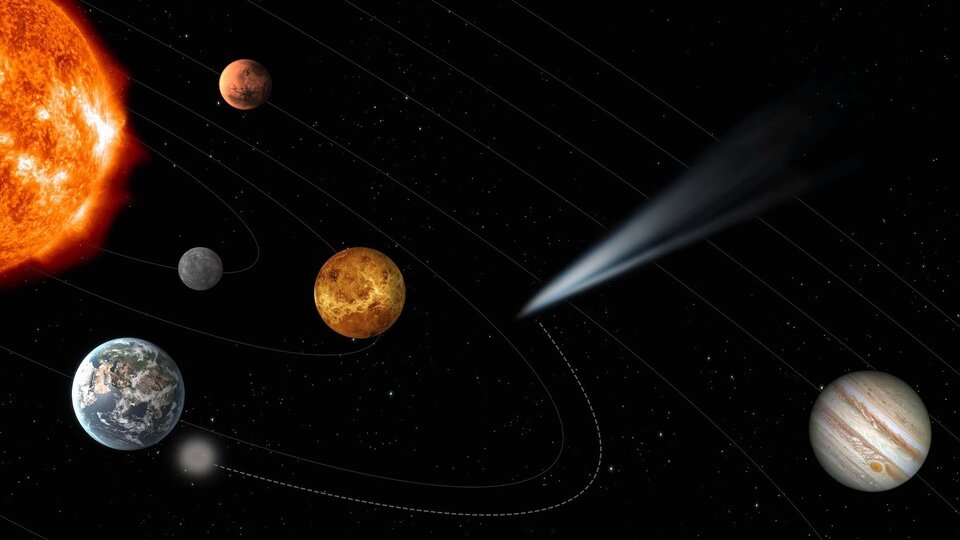
The Comet Interceptor mission which is planned for launch to the Sun-Earth Lagrange point L2 in 2029 is the result of a collaboration between ESA and the Japanese Space Agency (JAXA). It will be the first mission to fly by a pristine comet.
The mission consists of a main spacecraft and two smaller probes (B1 and B2) which will be launched to L2 as one unit. There, Comet Interceptor will wait, ready to travel further when a suitable comet is identified. The three spacecraft will then separate one or two days prior to intercepting the comet to perform simultaneous observations from multiple points around the object with multiple sensors, creating a 3D map of the comet and its surrounding coma. This will reveal how comets evolve as they migrate inwards from the periphery of the Solar System.
The Comet Interceptor mission is implemented in the Future Missions department of the ESA Science directorate.
“The Optical Periscopic Imager for Comets (OPIC) developed by the University of Tartu and CrystalSpace, will allow imaging of the comet nucleus and its surrounding gas and dust environment from probe B2, playing an important role for the mission,” said Nicola Rando, project manager of the Comet Interceptor mission at ESA.
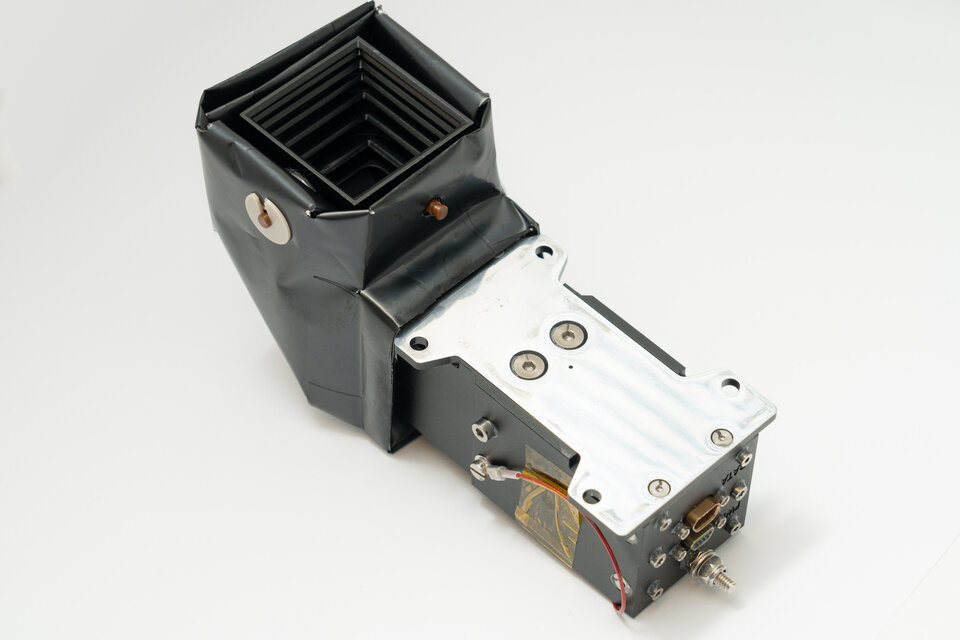
The University of Tartu in Estonia carried out the initial development of OPIC funded by ESA, the Estonian Research Council, and University of Tartu. This camera system comprises an optical sensor with integrated circuits, a lens assembly, a periscope with an internal baffle, and two circuit boards.
In 2023, the Estonian Space Office decided to support the next phases of development of OPIC via the Estonian contribution to the Prodex programme. The University of Tartu was the first Estonian entity to receive an ESA contract called the ‘Prodex Experiment Agreement’ to complete the Phases B2/C of the OPIC development and address OPIC scientific challenges.
First Prodex industrial contract in Estonia
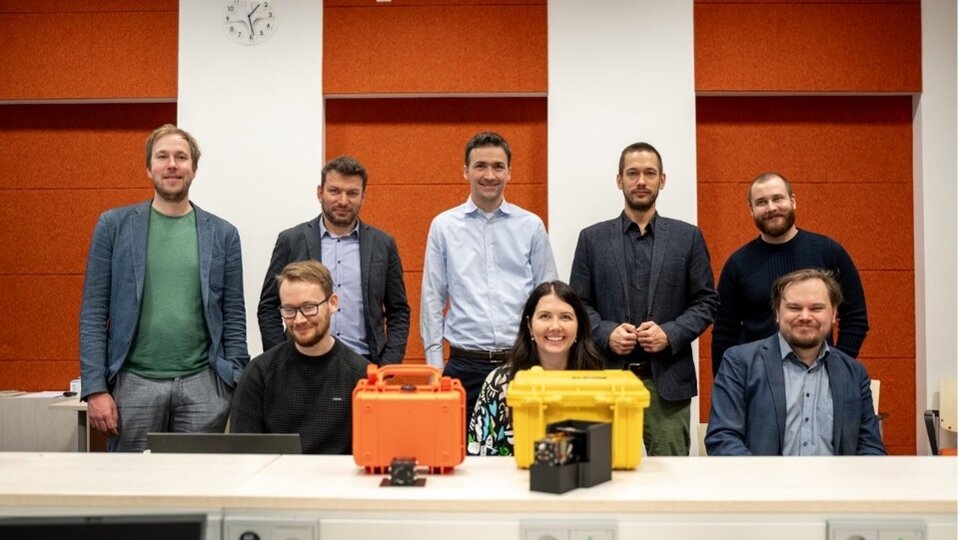
Prodex and the ESA procurement department launched a competition to select an Estonian industrial contractor to manufacture OPIC. After completion of the ESA Tendering process, CrystalSpace was awarded the first ESA (Prodex) industrial contract in Estonia.
CrystalSpace is an Estonian space technology company, founded in 2013. It specialises in the design and production of space camera systems. CrystalSpace cameras are in Earth orbit and also going to the Moon and beyond.
Pätris Halapuu, CEO at CrystalSpace, said: “The opportunity to work on the OPIC instrument Manufacturing, Assembly and Integration (MAI) marks an important milestone for CrystalSpace and Estonian space technology in general. This is the first ESA scientific instrument MAI activity in Estonia which means that CrystalSpace’s hard work and commitment to provide the highest quality space camera systems has been recognised at the highest level. This opportunity is a great stepping stone for the company which allows us to publicly demonstrate capabilities that are in line with ESA and ECSS standards.”
Jaan Viru, CTO at CrystalSpace, added: “CrystalSpace is alumni of ESA Business Incubation Centre Estonia and has also worked with ESA in the scope of the Estonian Industry Incentive Scheme. Both activities have prepared the company well for the OPIC project, providing a good understanding on how to do business with the European Space Agency. Working with ESA is a great way to collaborate with the experts who both support and challenge the work in a positive way.”
CrystalSpace will now work on OPIC in close collaboration with University Tartu and the ESA Prodex and Comet Interceptor Technical Officers and engineers.
“With the inclusion of Crystalspace, the OPIC consortium is finally complete and our work towards the flight model of the instrument can start. This project also allows us to build a stronger space segment in Estonia, which would allow more intensive participation in space activities in the future,” commented Mihkel Pajusalu, OPIC Instrument Lead Scientist at the University of Tartu in Estonia.
“Estonia is proud to be contributing science and technology to ESA's Comet Interceptor Mission supported through ESA's Prodex programme. Prodex has proven to be an excellent mechanism by which Estonia can support its planned space strategy and boost its own space industry,” commented Paul Liias, Head of the ESA Estonian delegation.




